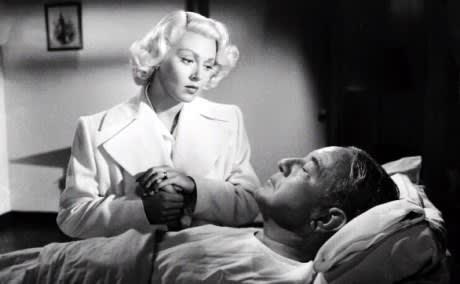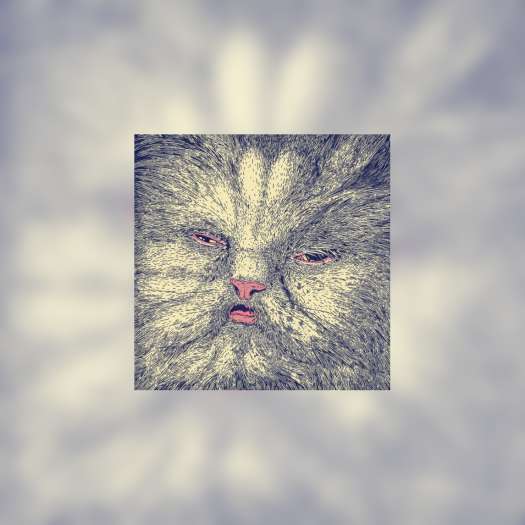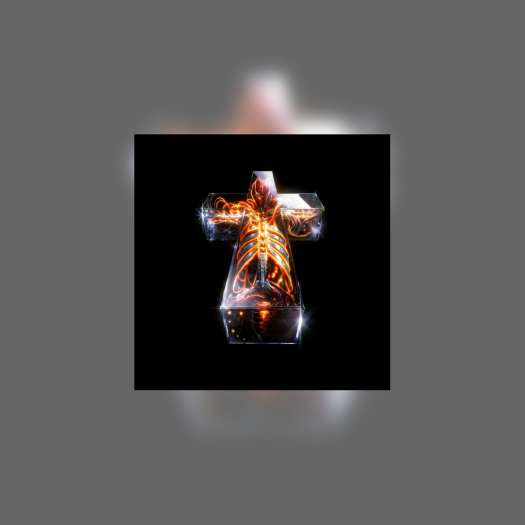Sometimes there's a legitimate reason for a re-make, as when David Mamet and director Bob Rafelson adapted the James M. Cain novel for stars Jack Nicholson and Jessica Lange in 1981. The 1946 original, with James Garfield and Lana Turner in the lead roles, remains a first-rate film noir, despite the steamy material having to be watered down to adhere to the stringently puritanical production codes of the day. The classic elements of the genre — from a strong femme fatale to an ever-shifting, grey morality — are in place, only lacking the necessary heat to capably sell the central love affair. Frank (Garfield) is a drifter who, while hitchhiking, is dropped off at a gas station and small restaurant that has hung a sign, provocatively worded, "Man Wanted." He's instantly hired by owner Nick (Cecil Kellaway), and when they head inside, there's a great moment in which Turner is introduced, in glorious soft focus, to Nick's wife, Cora. Frank sees her clearly for what she is — a trophy wife waiting for a payday — and they succumb to an attraction that feels more procedural than the lurid indiscretion it should be. Soon, they are plotting Nick's death — an act that goes awry on a winding cliff-side road in ways that couldn't be anticipated. The latter half of the film is dedicated to the legal fall-out, with Hume Cronyn's appearance as Cora's shady lawyer a standout in the cast. As is customary in noir tales, the guilty parties can never fully escape the long arm of justice, even if it's carried out in an oblique, poetic manner. Films can often be defined by compromise — whether within the budget or casting choices, there are always setbacks and issues to be negotiated. This film's greatest triumph is its ability to transcend the limitations of when it was made and still remain absorbing. There are only a few extras on the disc, but they make up for a lack of diversity with a surprising amount of depth. One of the interesting features is a half-hour radio play for The Screen Guild Theater from 1947, with Garfield and Turner reprising their roles. Aside from a short introduction providing general context for the film, there are also two lengthy documentaries separately detailing the lives of Garfield and Turner. They help to paint a picture of the golden age of Hollywood the film was made in.
(Warner)The Postman Always Rings Twice
Tay Garnett

BY Kevin ScottPublished Dec 8, 2012



